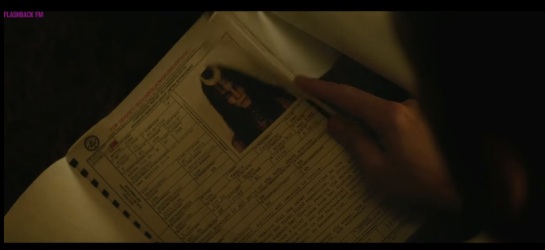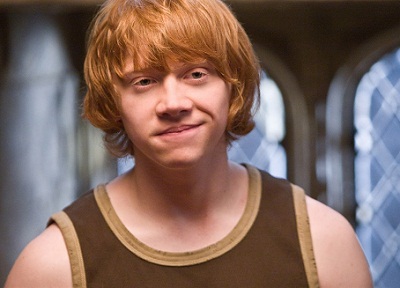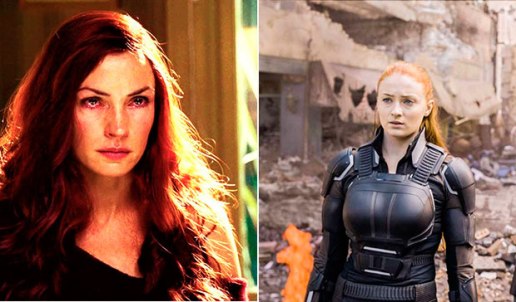It’s amazing to think that even though the Marvel Cinematic Universe began in 2008, this year (2017) is the first wherein the MCU has presented a female villain after nine years. In contrast, the DC Extended Universe started in just 2013, making it five years younger than the MCU and with a female villain in theaters after only three years. Despite being far younger, the DCEU has provided multiple female villains, as well as a stand-alone heroine film–something that the MCU has not accomplished yet–the first heroine movie will appear in the MCU after eleven years!

The only two female-led films in either DCEU (2017) and MCU (2019)

The DCEU actually boasts the greatest amount of female villains, especially if you include morally flexible Amanda Waller
Even with these accomplishments, DCEU has struggled to create a strong villain that resonates with the audience. MCU isn’t much better, with the most charismatic villain of note being Loki from the Thor franchise and many others being very forgettable.

Thor 2 villain: Whats-His-Face / Phantom of the Opera Fanboy
But despite being outstripped in volume by DCEU for representation, the MCU has once again provided a more interesting villain than their counterpart for a stand-alone villainess: Hela.

Warning: Female Villains are also statistically long-haired, magical brunettes with raccoon-eyes
Here is a quick rundown of just how remarkably similar these characters are despite coming from two separate comic universes:
Former prisoner Hela comes in as a strong threat and just gets stronger, easily destroying everything in her path with her magical abilities and an army of slaves. With this army of enchanted slaves made from her victims, she plans on conquering civilizations.
Enchantress starts off a prisoner in the beginning, and then eventually turning into a magical goddess with an army of slaves. With her army of magically enchanted slaves made up of her victims, Enchantress plans on conquering civilizations.
Despite these strong similarities, the audience never really sees Enchantress actively using much violence. Instead, her brother is a source of violence, as well as her slaves. Because of this, Enchantress feels like much less of a threat and more like an evil belly dancer. What a waste!
Tangible Threat
Probably the biggest single complaint about the Suicide Squad movie is how muddled Enchantress’ motive is expressed. In the film, she falls into the trope of manifesting a beam of light in the sky that is apparently bad and might destroy technology–somehow. This generic super-villain trope is an Achilles heel for the genre at large, and additionally why many critics fail to take these films seriously. Additionally, the poor explanation for Enchantress creating the beam of light smacks of lazy writing.

If these weren’t labeled, I’m not 100% sure I could tell them all apart. (Topmost: Suicide Squad)
In contrast, it is established very early that Hela is equal to Odin and his progeny in strength and has no apparent weakness, as well as taking away the signature weapon from the main character Thor and easily disposing of the strongest Asgardian heroes that stand in her way. This show of strength is not paralleled in the earlier film Suicide Squad with the Enchantress.
Hela on the other hand, comes off as a very magical being, actively using spells often, as well as being consistently violent in a way that makes it clear that she is a threat to everyone around her. Remember, both of these characters are very old, very magical beings that have been imprisoned previously for thousands of years, that are known to act as malevolent conquerers. However, only Hela gives off that vibe.
So in short, what Suicide Squad could have done to create real tension would be to show the more violent, lethal and evil tendencies of Enchantress rather than the angsty belly-dancer they gave the audience.
Realistic Resolution
Another huge problem (other than many plot holes) with Enchantress’ character is how easily she is dispatched. Honestly, as an ancient goddess of incredible power, a little stab from a gymnast-psychiatrist anti-hero should not have been enough to stop her.
Let’s just look at it this way: her living heart had been cut out from her body, and yet stayed functional for thousands of years. Logically, the conclusion can be drawn that her heart is not really that weak against cutting. So, for many viewers this sudden end felt unsatisfying.

For those of you who don’t know, that’s a Thermite bomb next to her heart that was cut out of her chest thousands of years ago–a bit more destructive than a katana
In comparison, Hela was simply too powerful to be defeated by Thor, even when he has extremely powerful allies to assist him. In fact, Thor essentially had to throw-the-baby-out-with-the-bath-water in order to temporarily defeat Hela by resurrecting a god-killing demon (who also wants to kill him) in an even more powerful form that ends up destroying the entire flat-planet of Asgard.
Honestly, recognizing that he was not strong enough and surrendering his pride to a greater power to defeat Hela was far more believable.
To that end, it would have been far better to see the Enchantress be dispatched by either a greater magical force (for which in the comics there is a precedent) or completely unleashing the demon within the only other magical character: Diablo. Just as much as Suicide Squad wasted Enchantress’ potential, they did even worse by Diablo. Since they were adjusting origins for characters, it would have been easy to make Diablo a counterpart to Enchantress. It could have easily been magical Middle-Eastern goddess vs fiery Aztec god. It would have been even better if Diablo had been able to help June Moone take control of Enchantress much like he had control over his demon side.

Aztec Fire God? Check!
Villains and World Building
To put it simply, Suicide Squad created a very narrow world in an already small cinematic universe, whereas Thor 3 vastly expanded and connected the cinematic universe even more. Often villains are the tools used to force characters into expanding their knowledge and experience of the world, but in Suicide Squad it was hard to feel like anything that happened in that movie affected the cinematic universe. And realistically, there is no mention of the huge amount of city-wide damage from Suicide Squad referenced in any other DCEU film.
Villains as a catalyst for expansion, and forcing a change in characters can make stories much livelier and rich. And in this instance, Suicide Squad squandered the rich history of their first magical character and the repercussions that should have followed her introduction.
The introduction of Hela led to memorable growth and drastic, permanent change in the MCU and overall growth and expansion of her cinematic universe.
Conclusion
It’s hard to not draw comparisons between these two characters and how important it can be to create scenarios wherein villains truly threaten the existence of the other characters. Realistically, there is a good chance that audiences will see both of these villains again in the future. In either film, the defeat is at best a set-back or questionable and left on a cliff-hanger. I know for sure that Hela will return, as her role as the goddess of death is significant to Thanos and his motivations. It also seems likely that Enchantress will return, due to her file inclusion in the papers handed from Amanda Waller to Bruce Wayne/Batman.

They don’t keep files on the “dead” for posterity
What I hope is that the next time we see Enchantress in the theater, that the DCEU will have taken a few notes from the successful introduction of Hela. Will DCEU ever learn how to use villains? Will we see either of these villains again in the future? Or will Suicide Squad simply disappear into history as a failed experiment? Let me know your thoughts in the comment section below.
























